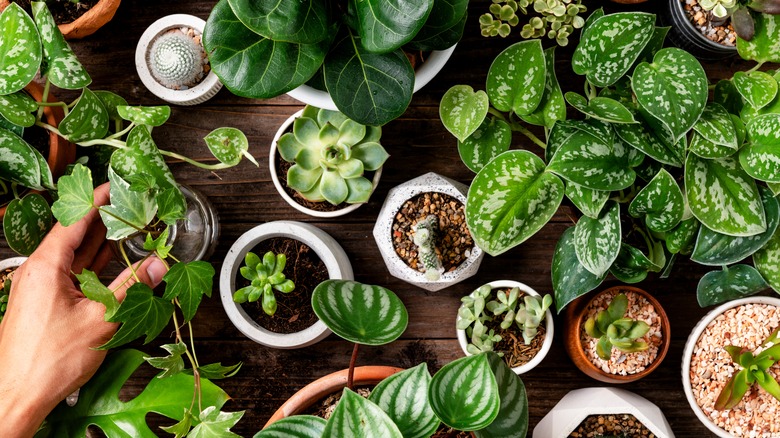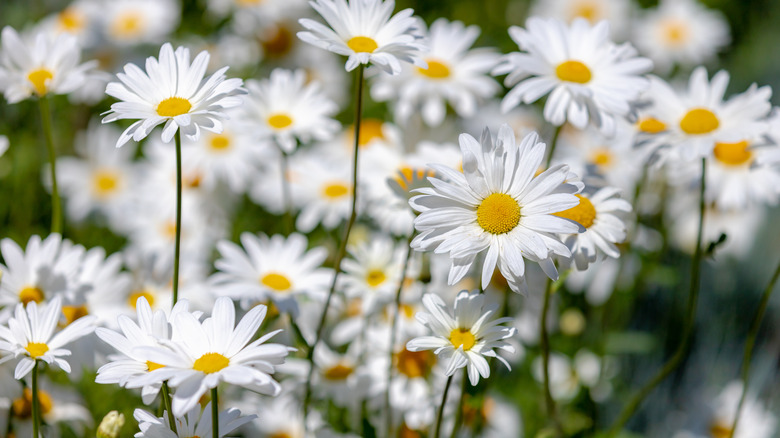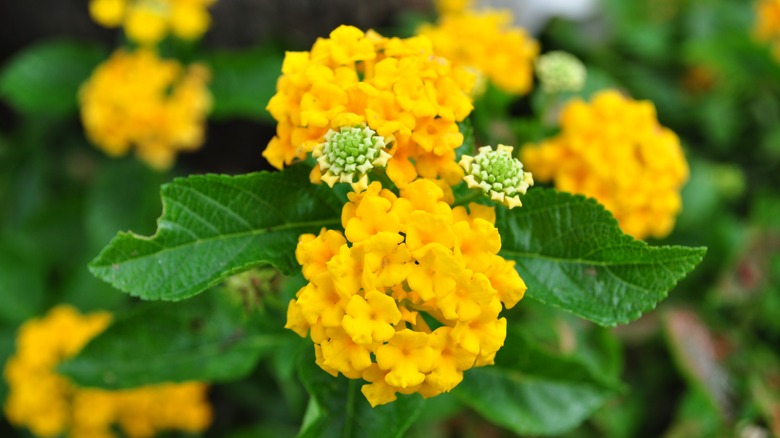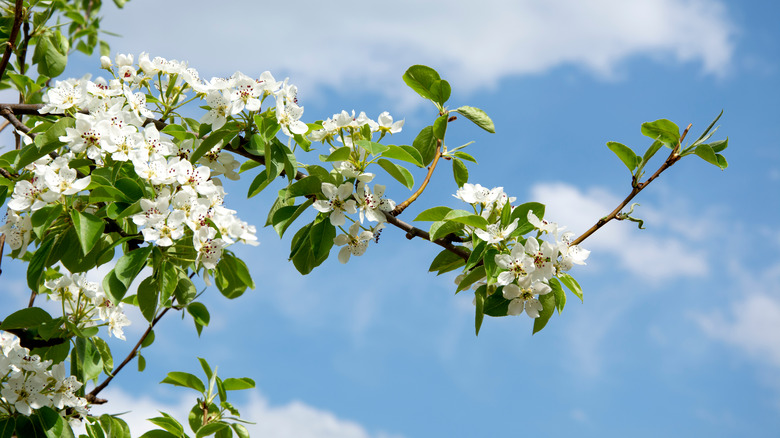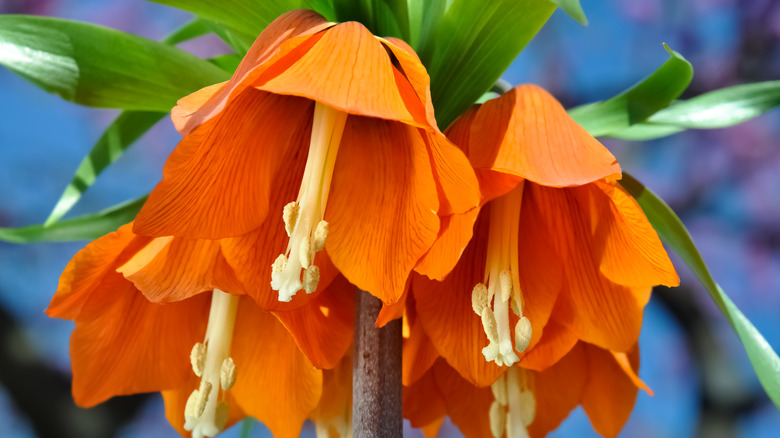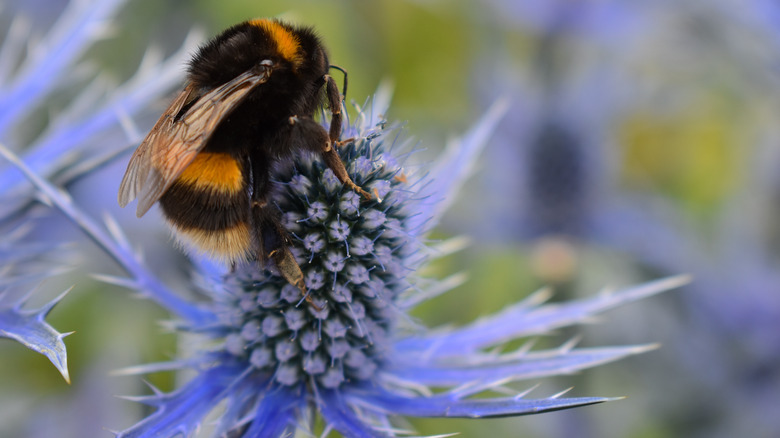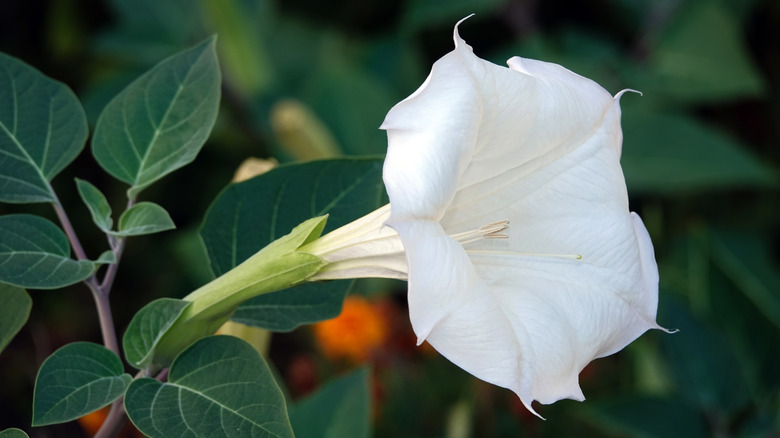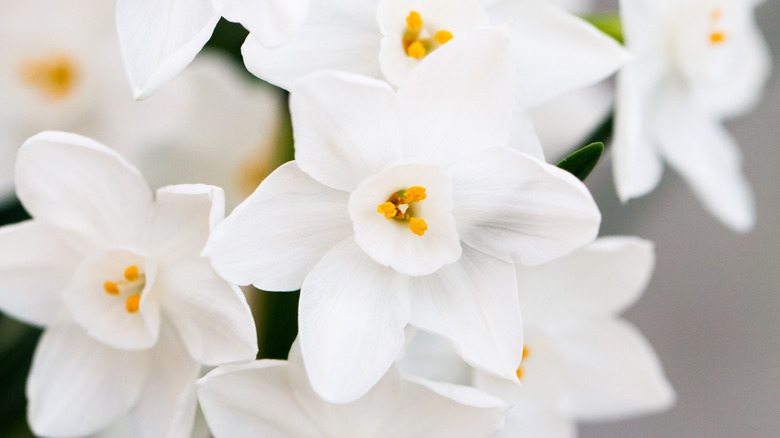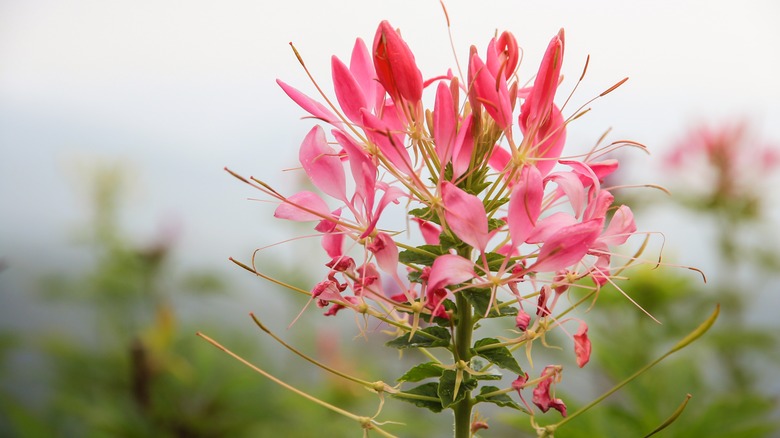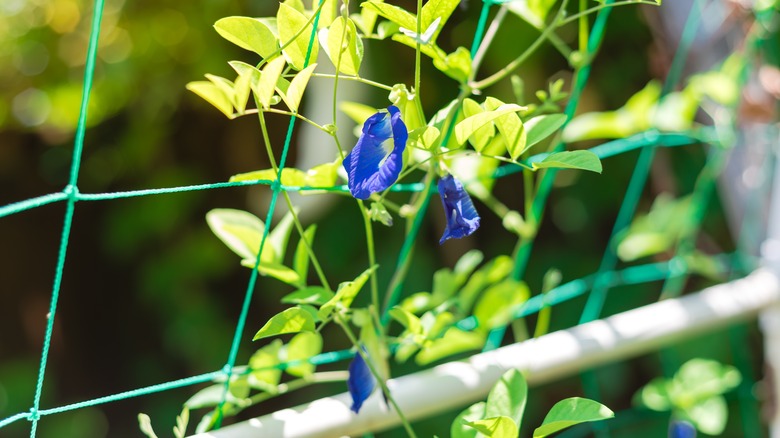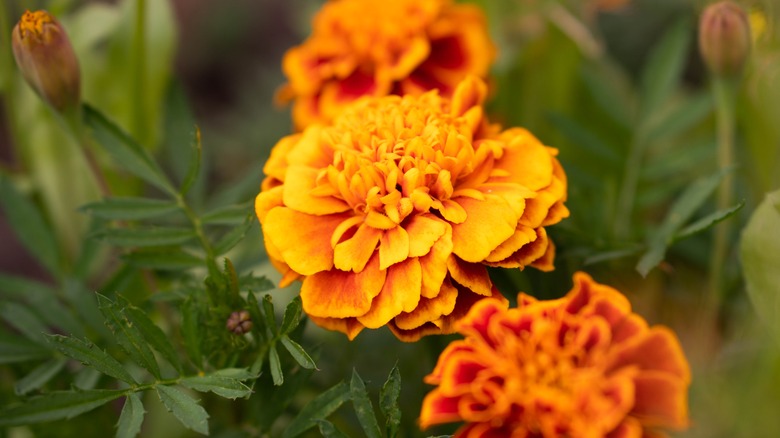10 Gorgeous Houseplants You Shouldn't Keep Due To Their Smell
Houseplants are becoming increasingly appealing to households with a modern aesthetic. As most trends tend to do, indoor plants were expected to fade and phase out after their time, but HuffPost claims that for many, houseplants have grown from a trend to a lifelong commitment.
The outlet explains that, with the cost of living continuing to skyrocket, many young Americans are delaying major life milestones — like settling down and having children — and instead, are turning to plants to fulfill their need to care and connect without having to face a financial responsibility.
HC states that houseplants are also a great way to create a green space inside a living area, which is especially useful when living in a dense urban environment. Household green spaces offer wondrous benefits, such as purified air. Further, having plants around your home has been shown to boost a person's mood and lower stress levels (via NBC News).
When first starting to incorporate houseplants into your home, the choices can be overwhelming, but regardless of how beautiful a plant is, some may not be the best to keep inside with you, given their less-than-pleasant smell. To help protect your home from the stench of otherwise gorgeous plants, we here at House Digest have compiled a list of 10 plants you should avoid bringing indoors as houseplants due to their offending smell.
1. Shasta daisy
Although they are native to Europe, Shasta daisies (Leucanthemum × superbum) can be found growing in gardens all over the world. Old Farmer's Almanac states they're known for their robust blooms of gorgeous flowers that boast pearly white petals that surround yellow disk florets.
Planting Shasta daisies is not a difficult task for the eye-pleasing reward, but as tempting as it may be to bring their beauty into your home, it's highly recommended to keep them outside due to their unusual stench; their smell, for example, has been likened to cat urine (via the Midland Daily News).
2. Lantana
If you've ever spent the summer in South Carolina, you must have noticed these colorful, sun-loving flowers growing throughout the state. Clemson's Home & Garden Information Center states that lantanas (Lantana camara) have a unique cluster-like look and range in a variety of colors, from yellow and orange to pink.
If presented with full sunlight, lantanas will grow beautifully and abundantly. Despite their appealing look, however, these flowers should never be kept as a houseplant. Not only will they suffer from the lack of sunlight, but the plant's fragrance is not necessarily pleasant to have inside your home; HGIC compares it to gasoline.
3. Flowering pear
Despite the name, most flowering pear trees (genus Pyrus) do not produce fruit. After the spring blooming season, some may produce a small amount of fruit, but more often than not, these trees are mainly used for ornamental purposes.
Gardening Know How explains flowering pear trees are a relatively easy plant to care for and will reward you with gorgeous pearly, white blossoms in the spring, which can add a touch of elegance to anywhere in your garden. Despite the elegant look, however, this plant should only enhance the look of your outdoor aesthetic due to the awful rotting fish smell it could bring into your home once it blooms (per Insider).
4. Crown imperial
The crown imperial (Fritillaria imperialis) can be a colorful and unique plant to add to your garden. Nature & Garden states that crown imperials can grow up to 40 inches and illuminate with vibrantly colored flowers in the spring and summer. Their flowers droop down like bells and can range in color from yellow to red.
Although it may be tempting to use this plant to add a vibrant and unique touch to your home's interior, you are warned to leave these flowers in the garden to prevent their sweaty and sulfurous smell from consuming your indoor living space (per The Columbus Dispatch).
5. Sea holly
Better Homes & Gardens claims that although most thistle plant don't get a bad rap, many change their mind when it comes to the sea holly (Eryngium). Sea holly plants boast a gorgeous blue blossom that can add the perfect amount of color to any type of garden. They are also very easy to care for due to their ability to survive in a variety of neglectful circumstances.
Despite how great a sea holly may seem to be in regard to your garden, bringing them inside as houseplants is not the best idea. HGTV explains that sea hollies are pollinated by flies, which means they will not only attract a lot of flies into your home, but they will also reek of animal feces when they are pollinated.
6. Datura
A datura (genus Datura) can be easily identified by its snowy white, horn-shaped flowers that appear between the months of May and November. Although this beautiful flower is considered lethal when nearly any of its parts are consumed, when prepared properly, it can be narcotic (per Lady Bird Johnson Wildlife Center).
The University of Wisconsin-Madison claims that datura flowers usually produce a sweet, honey-suckle like aroma when they bloom. This aroma, however, can quickly turn into a sour stench when the leaves are broken or crushed; therefore, it may be best to keep this poisonous plant out of your houseplant collection.
7. Paperwhite narcissus
According to the University of Florida, a paperwhite narcissus (Narcissus papyraceus) is a delicate flower that boasts pearly white petals that look similar to a classic daffodil. Because of their beauty and their ability to be forced into flowering, these flowers make great gifts during the holidays.
Before bringing a paperwhite narcissus into your home, though, you must be aware of their almost overpowering fragrance. Guide Guides explains that the smell is the result of the chemical indole, which Chemistry World says in high concentrations can smell like tar.
8. Spider flower
Cleomes (genus Cleome) are often known as spider flowers due to their tall and leggy shape. Gardening Know How also states that between the months of spring and fall, cleomes also boast large, decorative blossoms that tend to be bicolored. More often than not, the flowers are white mixed with either pink or purple.
A cleome's beauty, however, should only remain in your garden due to its tendency to produce a skunk-like stench, per The Courier, which also notes the cleome is known by some as "skunk flower." Depending on the exact species you decide to grow, the smell could either be stronger or completely nonexistent.
9. Butterfly flower
Butterfly flowers (Clitoria ternatea) are small, royal blue flowers that are sometimes also known as butterfly peas due to their small attractive look that even appeals to butterflies.
Frontiers explains that along with their beauty, butterfly flowers are now also making their way into modern medicine and agriculture. Despite the growing importance of this flower, though, they're not recommended as a houseplant candidate due to their overpowering aromas that can be unpleasant to many (per HGTV).
10. Marigold
These sunshine flowers can brighten up anyone's day with their vibrant colors that range from yellow to red (per the Old Farmer's Almanac). The pom-pom appearance of the marigold (genus Tagetes) can also act as an adorable new texture for your garden.
Along with brightening up your garden, marigolds are also known to repel pests and critters. Unfortunately, the oil that marigolds produce — that keep the pest and critters away — has a strong and pungent fragrance that is often not enjoyed by humans (per Bob Vila).
For this reason, your marigolds should remain exclusively in your garden for optimal enjoyment, and, as with the other plants on this list, not be brought inside as your newest houseplant.
